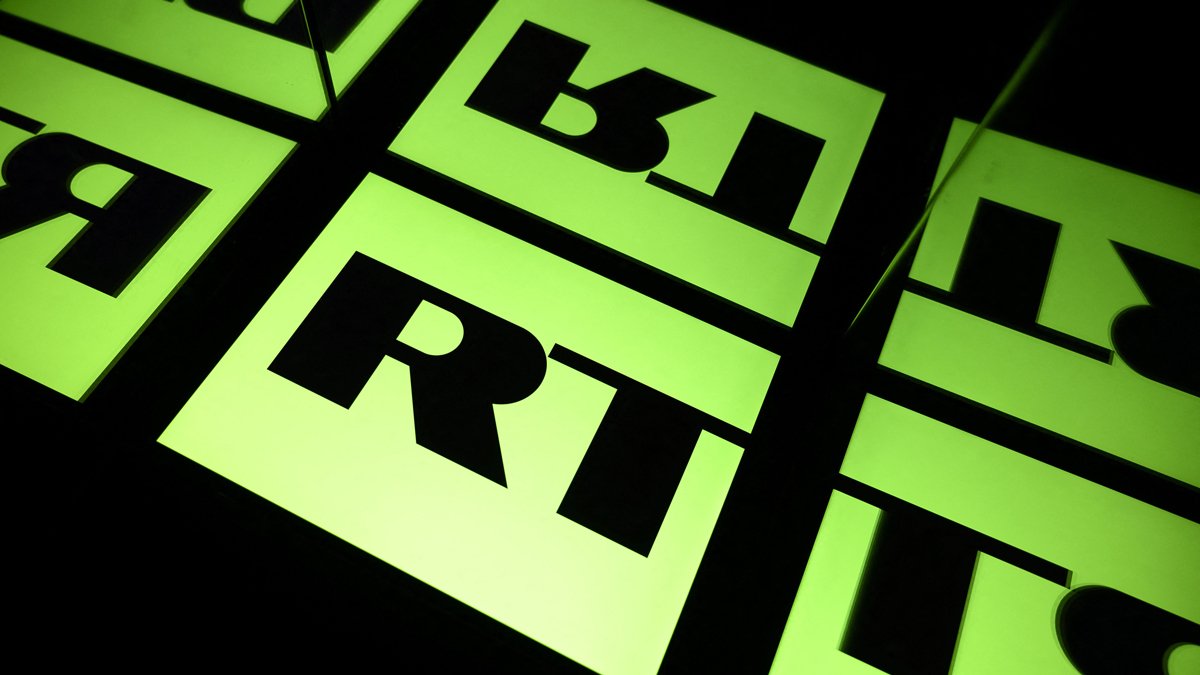
The logo of Russian propaganda outlet RT. Photo: Lionel Bonaventure / AFP / Scanpix / LETA
An investigation by Novaya Gazeta Europe has revealed that there has been a sharp increase in the use of hate speech by Russian pro-government media outlets since the start of the full-scale invasion of Ukraine in February 2022.
The study found that incidents of hate speech against “enemy” states, the political opposition, immigrants, LGBTQI+ people, and other supporters of what the Kremlin calls “non-traditional” values, has nearly doubled in the past three and a half years.
In the case of stories covering Russia’s political opposition, for example, some 66% of articles published since February 2022 struck a negative tone, with so-called hate speech — the use of offensive terms or calls for violence towards individuals or groups based on characteristics such as race, religion, or sexual orientation — being encountered 1.8 times more frequently than it was in the pre-war period.
In practice, since the war began, one in five stories published by pro-Kremlin Russian media outlets has contained hate speech.
There has also been a 1.7-time increase in the frequency that hate speech has been directed against those of “non-traditional sexuality”, with 59% of Russian media coverage of the LGBTQI+ community striking a broadly negative tone, and roughly one in 10 posts about queer people containing outright insults or calls for discriminatory action.
Anti-immigrant rhetoric intensified in the second half of 2023, the investigation found, and by 2024, anti-immigrant hate speech was seen 1.8 times more frequently than it was before the invasion. At present, 31% of posts about immigrants are negative in tone, with roughly one in 20 openly containing hate speech.
Pro-war Telegram channels (known in Russia as Z-channels) were found to broadcast the most hate speech of all, however, and are five times more likely to use hostile language and engage in ad hominem attacks than Russian state media, and twice as likely to run negative coverage about minority groups. Yet even state-aligned outlets such as Tsargrad TV, the Defence Ministry’s Zvezda channel, or RT (formerly Russia Today), the upward trend in hate-speech use is clearly visible.
According to the investigation, spikes in hostile rhetoric often coincided with waves of political repression or the introduction of discriminatory laws — for example, anti-immigrant raids or the criminalisation of LGBT identity. These orchestrated “hate campaigns” are used by the authorities to redirect public frustration over the war and social problems towards vulnerable groups unable to defend themselves, analyststs told Novaya Europe.
